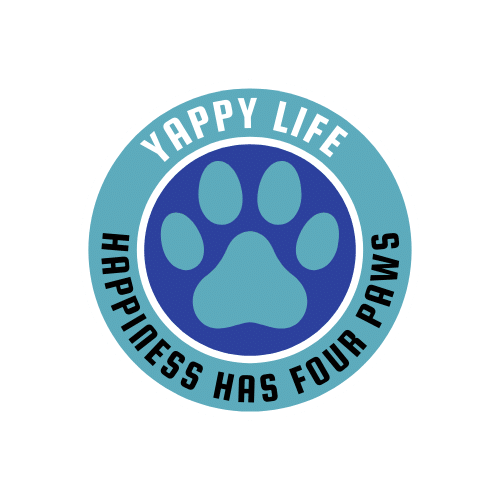Whether you’re the owner of a brand-new puppy or introducing a new rescue into your single dog household, you may be wondering about how to tackle the task of feeding your new pet. There are usually two schools of thought when it comes to feeding time: free feeding and scheduled feeding. Which you decide to use depends on your unique situation and the personality of your dog. Every dog’s needs are different and making the right choice on how and when to feed them will make both you and your pup happier in the long run.
Scheduled Feedings
- For adult dogs, feeding them twice a day at 8 to 12 hour intervals is recommended.
- Puppies under 5 months need to be fed three times a day.
- Try to give your dog at least 20-30 minutes to finish each meal. If your dog doesn’t finish their whole portion and you don’t want to leave food out all day, take the bowl away. When you feed them later, they will be hungry and ready to eat a full serving.
- Choose a high-quality food. That doesn’t necessarily mean buying the most expensive kind. You’ll want to compare the nutritional value and ingredients of several different brands to determine which is right for your dog. Bonus: they also tend to be more filling.
- The amount of food given at each meal will depend on the dog and can change under certain circumstances such as extremities in temperature, if your dog is pregnant or nursing, or recovering from surgery or infection. Consult your vet about proper portion size.
Benefits of Scheduled Feeding
- It’s a great housetraining tool. Dogs tend to have to go to the bathroom about 10-15 minutes after eating, and scheduled feedings can help set the expectation of when it’s time to go outside to go potty.
- Can be used as an opportunity to teach your dog some other useful lessons, such as impulse control and sit-stay commands.
- Keeps metabolism stable and aids in digestion.
- Easily spot changes in your dog’s eating habits, such as food being left behind or not eaten at all. You can then be on the lookout for any other signs of illness and determine if a trip to the vet is needed.
Scheduled feedings are a great option for many people and their pets, especially people in a multiple dog household. It takes the guesswork out of mealtime and can keep you in control to avoid unnecessary mealtime aggression.
Free Feeding
Free feeding is allowing your dog to freely graze with no scheduled meal time. This may not be ideal for multiple dog households, as some dogs can get aggressive over food.
- Ideal for dogs who are a healthy weight, highly active, burn a lot of calories, and are not accident prone.
- Use dry food instead of wet food to prevent food spoilage.
- Ensure that you are measuring out one full day’s portion and offering the food throughout the day. Once that portion is complete, do not refill the bowl.
- If your dog’s food bowl is kept outdoors, be wary of insects and rodents as dog food can attract these.
- Dog’s will often overeat when food is left out freely. To combat this, there are a variety of different slow-release food balls, and food bowls with obstacles in them so that your dog must work for the food instead of inhaling it at warp-speed.
People choose to free feed for a variety of reasons. Some people determine (with their vet) that their dog needs to gain weight and free feeding is the best way for them to do so. Others don’t have a regular work schedule and can’t be home at a certain time every morning and evening to keep up with a consistent feeding schedule.
Whatever route you decide to take, check with your vet on healthy weight and portion sizes and always consult with your veterinarian before making any major changes to your dog’s diet.





Recent Comments